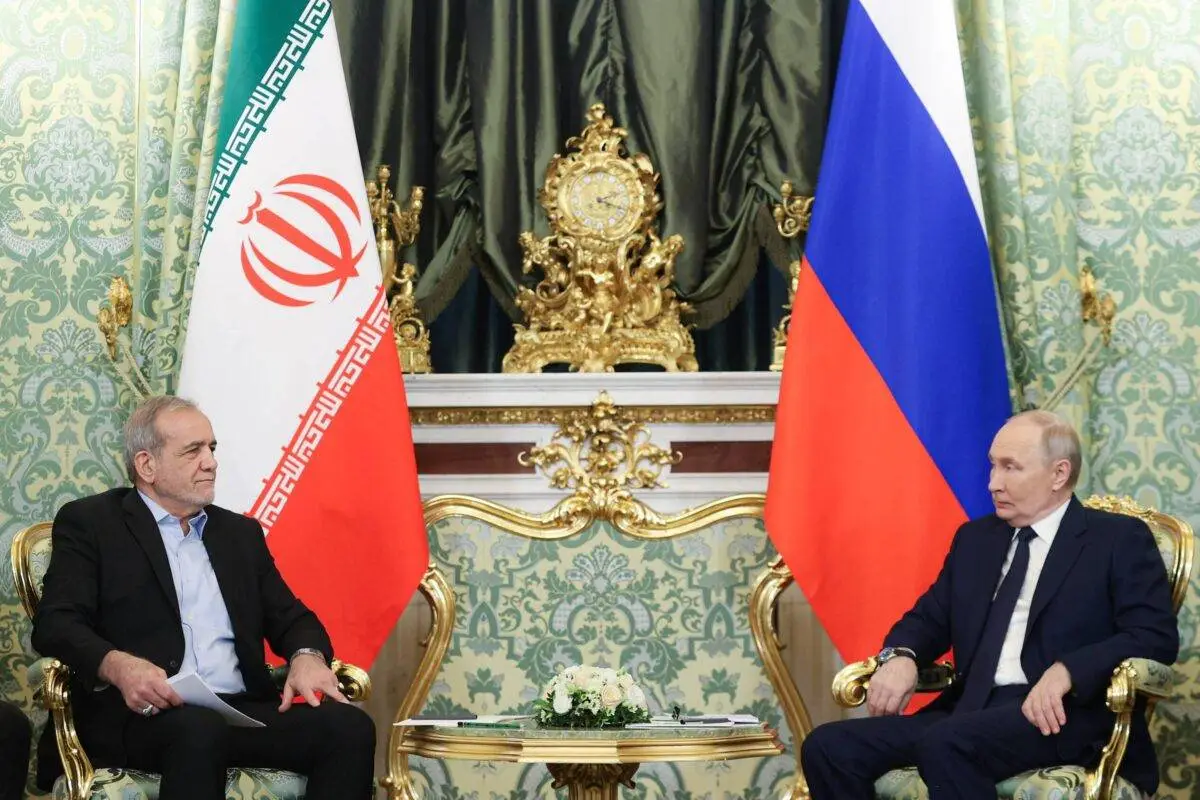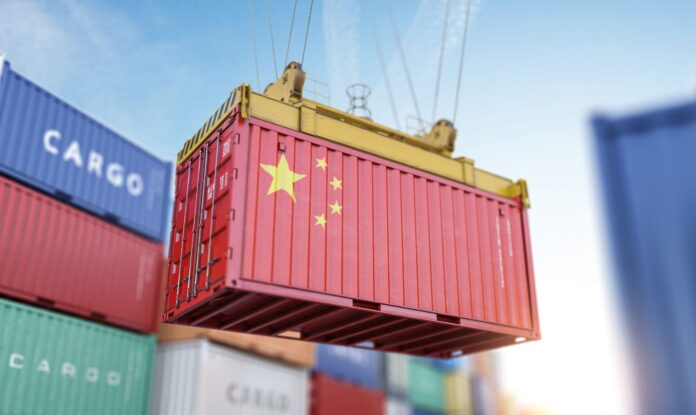How did a series of unpredictable decisions come to define the trade policies of Donald Trump’s administration? From the outset of his presidency, Trump adopted a confrontational stance towards international trade, departing from long-standing practices embraced by both Republican and Democratic administrations. His commitment to an “America First” agenda drove him to implement tariffs and renegotiate trade agreements, decisions that left many businesses grappling with uncertainty and confusion.
The abruptness of these policy changes created an environment where companies struggled to adapt to frequent shifts in trade regulations. One of the most notable actions taken by Trump was the imposition of tariffs on steel and aluminum imports in 2018, a move that he argued was necessary to protect American industries. According to Trump, these tariffs would help revive domestic production and safeguard jobs.
However, the immediate aftermath revealed a different narrative. Many businesses, especially those in manufacturing and construction, faced increased costs as raw materials became more expensive. A construction executive expressed his concerns, stating, “We are seeing our profit margins shrink due to rising material costs, making it difficult to compete.” This sentiment echoed across various sectors, as companies struggled to balance the impacts of tariffs with the need to remain competitive in a global market.
Many businesses faced increased costs due to tariffs, struggling to remain competitive amid rising material prices.
Furthermore, Trump’s trade war with China exemplified the chaos surrounding his administration’s trade policies. The president’s decision to impose tariffs on hundreds of billions of dollars’ worth of Chinese goods was intended to pressure Beijing into changing its trade practices. However, the resulting retaliation from China led to a tit-for-tat escalation that left many American exporters feeling the pinch.
A farmer from the Midwest lamented, “We relied on China for a significant portion of our exports, and now we are facing an uncertain future.” This uncertainty permeated the agricultural sector, where many farmers were left wondering how to navigate the turbulent landscape.
In addition to tariffs, Trump’s administration sought to renegotiate existing agreements, such as NAFTA, which was replaced by the United States-Mexico-Canada Agreement (USMCA). While proponents claimed this new agreement would benefit American workers, critics pointed out the lack of clarity surrounding its actual impact.














